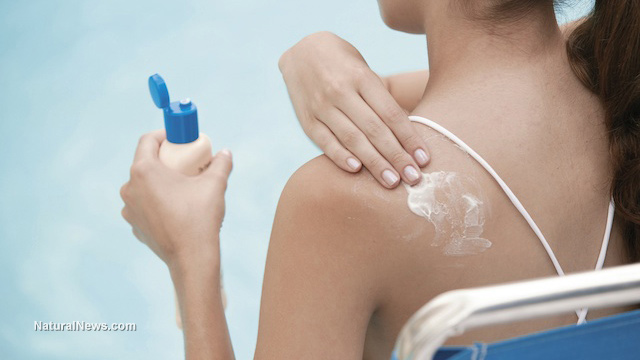Every day we are bombarded by unattainable standards of beauty. Magazines, TV, adverts, and social media all picture perfect models which undervalue the real beauty in ourselves. These beauty advertisements shape our expectation in terms of how we see ourselves.
The desperate need for the perfect body makes us buy the same products these models are promoting in the hopes it will make us flawless and beautiful like them. Unlike most other companies, Dove uses ‘real people’ in their campaigns, which makes us feel much better about the way we look.
This is one of the main reasons why people opt for Dove products that offer real and genuine beauty made from natural components. Or that is what they claim. In truth, Dove isn’t any better than all the other highly promoted toxic beauty products. Their so called ‘real’ or ‘pure’ products are one big scam since Dove, together with all the other companies, uses many toxic ingredients in their products.
What “Real Beauty” looks like
Today, Dove is one of the leading brands of cosmetics generating $2.5 billion in purchases worldwide. With their ‘Real Beauty’ campaign they have lured many insecure, health-conscious people to their side who believe they are buying a ‘pure’ or ‘natural’ product.
Sadly, Dove’s beauty products are one great cocktail of toxic chemicals that have been associated with a wide range of health issues ranging from simple allergies and obesity to more severe problems such as infertility and cancer.
In contrast to its pure messaging, Dove’s foundation product called ‘White Beauty Bar’ is loaded with substances you’d rather not apply to your skin. Marketed as the number one moisturizing product recommended by dermatologists, this traditional soap bar contains chemicals such as stearic acid, sodium tallowate, tetrasodium edta, cocamidopropyl betaine, and synthetic fragrances. Do these substances sound natural or real to you?
Here are just a few examples of harmful chemicals found in most Dove products and what they do to your body.
Methylisothiazolinone
Methylisothiazolinone is a widely-used preservative that has been shown to contribute to allergic reactions, neurodegenerative disorders, and seizures.
Fragrance/perfume
Since the law does not currently require a detailed list of what makes up a fragrance, a manufacturer can hide any substance it wants under the term fragrance or perfume. One of these unlisted chemicals is diethyl phthalate, which is a synthetic liquid commonly used to make plastics more flexible.
Tetrasodium edta
Tetrasodium edta breaks down skin tissue thus letting other chemicals enter the bloodstream more easily. Furthermore, it is made from formaldehyde which is a known carcinogen.
Retinyl palmitate
Retinyl palmitate is a synthetic version of retinol (vitamin A). When applied to the skin in the presence of sunlight, it may speed up the development of cancerous lesions and skin tumors.
Sodium laureth sulfate (SLS)
As reported by Organic and Healthy, approximately 16,000 studies have linked exposure to SLS to irritation of skin and eyes, organ toxicity, developmental and reproductive issues, neurotoxicity, ecotoxicology, endocrine disruption, mutations, and cancer.
These damaging substances are only the tip of the iceberg of the toxic chemicals found in Dove products. The complete list is so overwhelming that it is a surprise that these products are still allowed on the market. According to the Environmental Working Group (EWG) Dove has a whopping 215 different chemicals in their products that range from highly toxic to tolerable and innocuous.
To make sure none of these chemicals mess up your body opt for natural, organic, chemical-free beauty products instead.
Sources:


